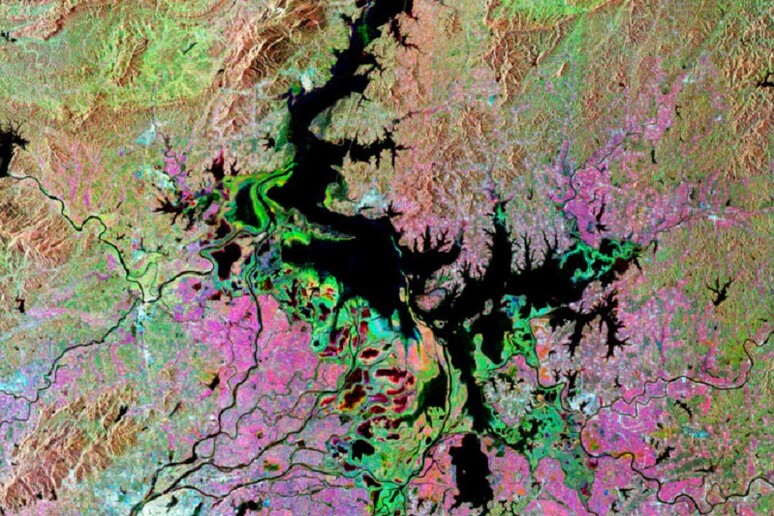To celebrate World Water Day, eGEOS has chosen the famous Poyang Lake. It is China‘s largest freshwater reserve, a refuge for half a million migratory birds, and home to two endangered species, the Siberian crane and the Yangtze finless porpoise, a small freshwater cetacean, known locally as ‘jiangzhu’ river pig.
The size of the great Poyang Lake has always been subject to dramatic fluctuations between the warm and rainy seasons, but the last 20 years have seen a significant overall reduction, so much so that it is at risk of disappearing forever. In fact, from an average of 3,500 square kilometres, it reduced to just 600 square kilometres during the summer of 2022. This is due to a combination of factors, including the dams that have reduced the inflow of water and climate change that has intensified the dry periods. This is further aggravated by the incessant mining operations, as much of the sand used in the Chinese construction industry comes from Lake Poyang.
Riproduzione riservata © Copyright ANSA













